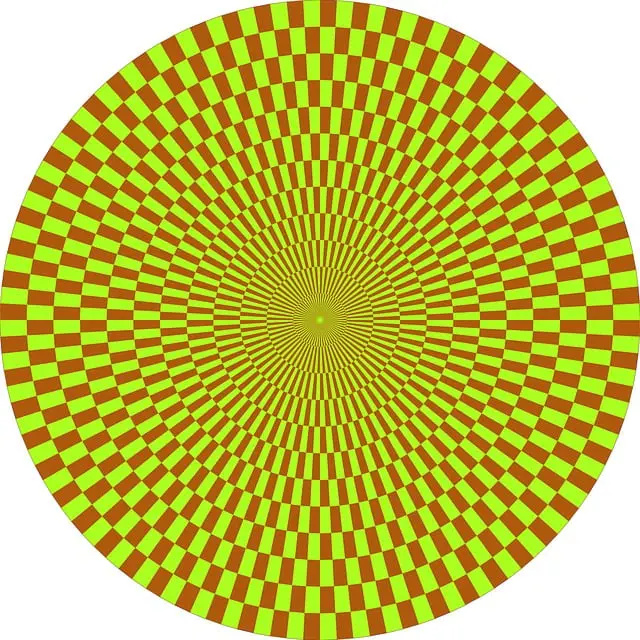Yellow Maeng Da Kratom, a natural extract from the Mitragyna speciosa tree, is being explored for its potential role in aiding addiction recovery, particularly for opioid withdrawal. Its unique alkaloid profile, including mitragynine and 7-hydroxymitragynine, may help manage cravings and withdrawal symptoms by interacting with opioid receptors. Users report benefits such as pain relief, anxiety reduction, mood elevation, and increased energy and focus. While its use in addiction treatment is gaining scientific interest, it should be integrated into a comprehensive recovery plan under medical supervision. Ongoing research aims to clarify its mechanisms of action, and it may serve as an adjunct to traditional treatments. Safety and efficacy are paramount, with healthcare providers advocating for its responsible use within a multifaceted treatment approach that includes evidence-based therapies and patient monitoring for optimal outcomes. The legal status of Yellow Maeng Da varies by region, so users must adhere to local laws and regulations. Collaboration with a team of healthcare professionals is essential in leveraging its potential as part of a holistic addiction recovery strategy.
Yellow Maeng Da Kratom emerges as a promising adjunct in addiction treatment and recovery, offering hope to those navigating substance abuse rehabilitation. This article delves into its potential benefits, grounded in scientific evidence, and guides on how it can be effectively integrated into comprehensive treatment strategies. Discover the role of Yellow Maeng Da Kratom in transforming the recovery journey, ensuring readers understand its implications within the broader context of holistic addiction care.
- Unraveling the Potential of Yellow Maeng Da Kratom in Addiction Treatment and Recovery
- The Science Behind Yellow Maeng Da Kratom's Role in Substance Abuse Rehabilitation
- Integrating Yellow Maeng Da Kratom into a Holistic Addiction Treatment Plan: Considerations and Best Practices
Unraveling the Potential of Yellow Maeng Da Kratom in Addiction Treatment and Recovery

Yellow Maeng Da Kratom, a strain derived from the Mitragyna speciosa tree, has garnered attention in the realm of addiction treatment and recovery due to its unique alkaloid composition. Preliminary studies suggest that this particular strain may offer beneficial effects for individuals seeking relief from withdrawal symptoms commonly associated with opioid addiction. The alkaloids found in Yellow Maeng Da, such as mitragynine and 7-hydroxymitragynine, are believed to interact with the brain’s opioid receptors, potentially providing a natural alternative to pharmaceutical treatments for managing cravings and withdrawal discomfort. Users report that Yellow Maeng Da can help alleviate pain, reduce anxiety, and elevate mood, which are often challenges in the early stages of recovery. Its stimulating effects may also aid in increasing energy levels and focus, contributing to an overall sense of well-being and making it a promising adjunct therapy in addiction treatment protocols. As research continues to evolve, the potential for Yellow Maeng Da Kratom in facilitating addiction treatment and recovery is becoming increasingly recognized, although it is imperative to approach its use with caution, under professional guidance, and within the context of a comprehensive treatment plan.
The Science Behind Yellow Maeng Da Kratom's Role in Substance Abuse Rehabilitation

Yellow Maeng Da Kratom, a strain derived from the Mitragyna speciosa tree, has garnered attention in the realm of addiction treatment and recovery due to its potential therapeutic properties. The leaves of this specific strain contain alkaloids that may influence neurological pathways affected by substance abuse. Preclinical studies suggest that certain compounds within Yellow Maeng Da can modulate the opioid receptors in the brain, which are often dysregulated in individuals struggling with addiction. This modulation could potentially mitigate withdrawal symptoms and cravings associated with opiate cessation, providing a smoother transition into sobriety. Furthermore, its effect on dopamine and serotonin levels might contribute to an improved mood and reduced stress, which are critical factors during the early stages of recovery. Users often report a sense of well-being and increased energy when taking Yellow Maeng Da Kratom, which can be beneficial for those facing the mental and emotional challenges of rehabilitation. As research continues, the scientific community is exploring the efficacy and mechanisms of action of Yellow Maeng Da in addiction treatment, with promising indications that it may serve as a supportive tool alongside traditional therapies in substance abuse recovery programs.
Integrating Yellow Maeng Da Kratom into a Holistic Addiction Treatment Plan: Considerations and Best Practices

Integrating Yellow Maeng Da Kratom into a holistic addiction treatment plan requires careful consideration and adherence to best practices for effective and safe outcomes. Yellow Maeng Da, known for its alkaloid profile that includes mitragynine and 7-hydroxymitragynine, is often sought after for its potential therapeutic effects. This particular strain of Kratom has been reported by some individuals to offer a balanced blend of stimulating and sedative properties, which may aid in managing withdrawal symptoms and cravings associated with addiction. However, it is imperative that any use of Kratom be part of a comprehensive treatment plan that addresses the psychological, social, and physiological aspects of addiction.
Healthcare providers should consider the patient’s unique situation, including their medical history, current medication regimen, and the nature of their addiction. Yellow Maeng Da should be used as a supplementary tool alongside evidence-based treatments such as cognitive-behavioral therapy (CBT), contingency management, and mutual support groups. Monitoring for efficacy and potential side effects is crucial, as is regular assessment to ensure that the Kratom integration is not hindering recovery efforts. Best practices also involve staying informed about the evolving legal landscape of Kratom, which can vary by region, and ensuring compliance with local laws and regulations. Additionally, collaboration with other healthcare professionals, including psychiatrists, psychologists, and addiction specialists, is essential to provide a well-rounded approach to recovery. By considering these factors and adhering to best practices, Yellow Maeng Da Kratom can play a role in a holistic addiction treatment plan that promotes long-term recovery and well-being.
Yellow Maeng Da Kratom has emerged as a promising adjunct in addiction treatment and recovery, offering potential benefits for individuals seeking to overcome substance abuse. The scientific community’s research into its role indicates that careful integration into comprehensive rehabilitation programs can support recovery efforts. While further studies are necessary to fully understand its efficacy, Yellow Maeng Da Kratom’s inclusion within a holistic treatment plan presents a noteworthy avenue for consideration by healthcare professionals in the field of addiction medicine. As such, it is an area that warrants continued exploration and responsible application to enhance the recovery journey for those affected by addiction.






